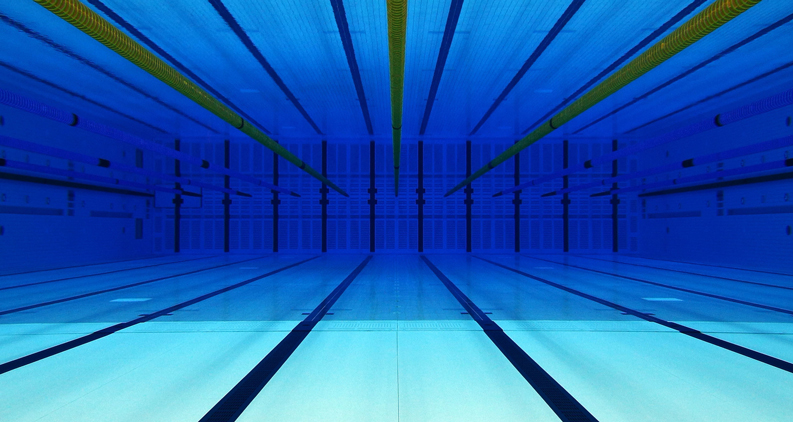This is an important technical note, so if you have already launched – or are close to launching – an affiliate campaign, please take the time to read about cleaning your affiliate links.
If you’ve been through the free course for beginners, you already know that your sales funnel is going to need at least one affiliate link. You also know that it’s important to bring as much relevant traffic to the site as you can. In today’s Internet world, the last part depends on making Google happy, regardless of whether you buy Google ads.
And the technical part? The Google search engine can’t distinguish between a personal link and an affiliate link. So, Google expects you to “tell” it within the code for your page. If you don’t do this, your page and possibly your site can get a penalty from them, which will hurt your traffic efforts. What follows are the details of how you prevent that.
Let’s begin with the normal affiliate link for your first offer, which probably looks something like this:
https://oneofmyvendors.com/?id=1234567
Don’t worry about the exact details; every vendor and every network has its own method of tracking the item to sell and which affiliate (you) sent them the referral.
In the HTML code for your funnel pages, this link could appear as:
<a href=”https://oneofmyvendors.com/?id=1234567”>My vendor</a>
and would show up as
My vendor
on the audience’s browsers. So far so good.
According to Google, affiliate links are “sponsored links,” which aren’t supposed to be as important in Google search results. You have to add the following attributes to every affiliate link in your funnel to make Google happy:
- target=”_blank” (opens your affiliate link in a new browser tab or browser window)
- rel=”nofollow”
- rel=”sponsored”
- rel=”noopener”
The nofollow attribute is an older, general term to signal a search engine not to follow the link. Later, Google introduced the sponsored attribute to be more specific, but with the same effect. It’s good practice to use both of these. The noopener attribute is a security feature to help prevent possible JavaScript hacks when the new browser tab or window is opened.
Most of the funnel builder tools that you’re likely to be using have various user-interface widgets that let you add these attributes directly to a link. For those who don’t have such a feature, you will have to fix the link directly from the HTML code. Using our example, here is what the fully cleaned link would look like in HTML:
<a href="https://oneofmyvendors.com/?id=1234567" target="_blank" rel="noopener sponsored nofollow">My vendor</a>
Doing all this for a single affiliate link might seem annoying, but just remember that it could be saving you a large percentage of your commissions!
Affiliate Swim is a teaching site for online entrepreneurs who want to learn how to launch affiliate campaigns.
You can study our free affiliate marketing course in the Coaching section. For additional support, you can join our Facebook group for free coaching from experts and other students, as our time allows.
Once you launch your campaign, check out the store, which has many different nice-to-have items for most online entrepreneurs.

